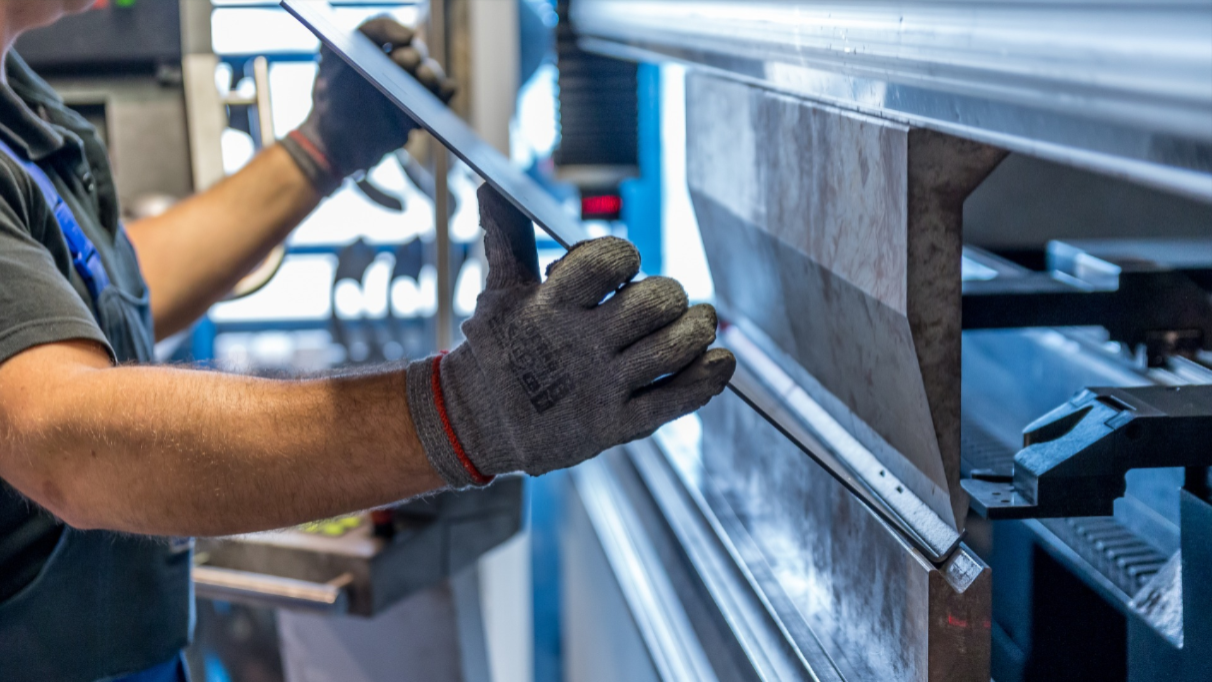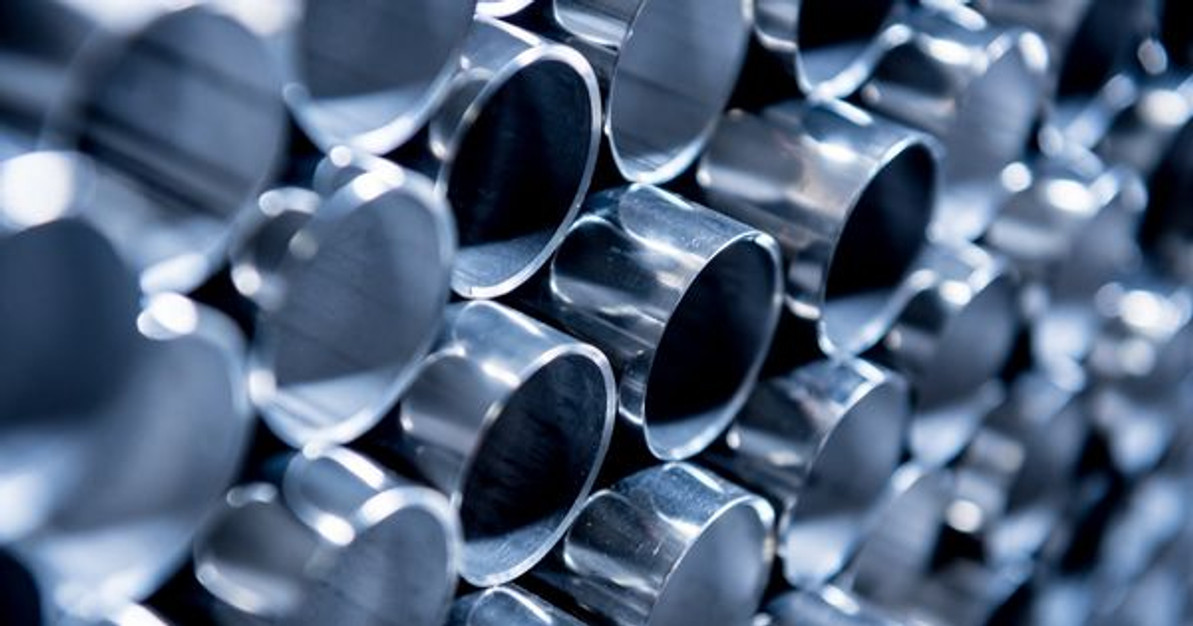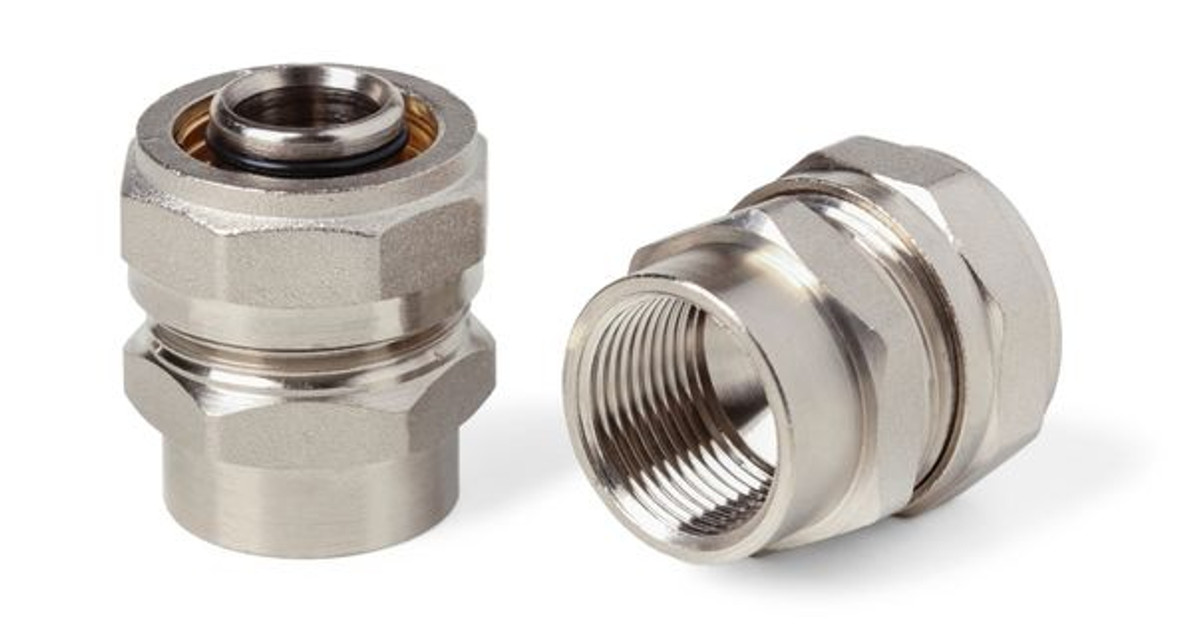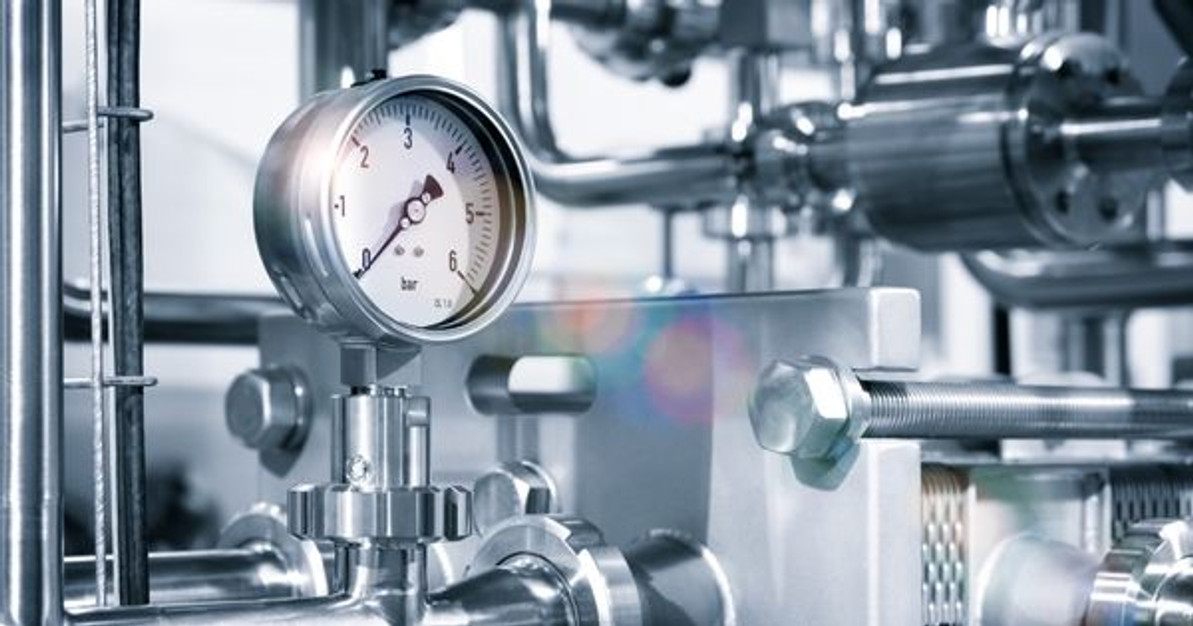 Jan 2nd 2020
Jan 2nd 2020Why Stainless Steel is Best for Sanitary Filters

Stainless steel refers to over 100 different grades of steel. Stainless steel 316 is most often found in jet engine parts, laboratory equipment, boat fittings, chemical containers, and pharmaceutical and food processing equipment. This is because regardless of grade, stainless steel remains one of the most sanitary options available for use in sanitary valves, sanitary clamps, and sanitary pipe fittings. But why is this? To understand more about why stainless steel is preferable for sanitary processes, we need to understand what it is.
What is Stainless Steel?
Stainless steel is created in the same process as traditional iron. The main difference is when the ore is melted down, chromium is added to help safeguard the final product from oxidization, which can lead to pitting and corrosion. This passive layer is also responsible for further safeguarding the metal from damage, as the invisible oxide layer can reform the metal and protect it from additional external damage. In addition to chromium, additional elements can be added to enhance different grades of steel.
Stainless Steel and Sanitary Applications
Stainless steel grades 304 and 316 are most often used in stainless steel sanitary filters, valves, pipes, and clamps. The addition of molybdenum enhances its high resistance to corrosion against chlorides.
Other types of steel can also be found in the sanitary process, including semi-austenitic and hardened martensitic steels. These include additions such as aluminum, niobium, and copper that make the steel strong and long-lasting. Austenitic steels have additional properties alongside corrosion resistance that make them excellent for use in the manufacturing of stainless steel sanitary filters and pipe valves. They are exceptionally durable and easy to manufacture at a low price, while also being easy to clean once installed. This type of steel can also be machined into different shapes to achieve most required designs. Austenitic stainless steel options are also able to withstand both high and low temperatures, making them suitable for a wide range of applications.
Overall, what makes stainless steel great is its overall corrosion resistance. Regardless of the different grades, this is the major point that leads many in sanitary production fields to use it. Other materials can rust and pit over time, leading to the potential for bacteria growth that can contaminate products. For this purpose, stainless steel sanitary filters and pipes work best.
Over time, rusting can compromise the structure, most specifically at the joints and welds. This can lead to breaks that could detrimentally impact production and set companies back. Rust and corrosion are the biggest enemies of a steel system, and without stainless steel, you could be setting yourself and your equipment up for a future disaster.
If you’re looking for the best fittings and filters for your sanitary production system, speak with a manufacturer about the different stainless steel options they have available. Choosing the right parts and components now can save you from having to repair and replace parts later.
 Jan 2nd 2020
Jan 2nd 2020Recent Posts
-
Nov 7th 2022
What Is Food-Grade Stainless Steel Tubing?
Businesses that produce food and beverage products must operate hygienically. Sterile environments a …Nov 7th 2022
-
Oct 11th 2022
Why Sanitary Fittings Are Important for the Medical Industry
Sanitary fittings are useful for many industries. Food and beverage manufacturers have used these to …Oct 11th 2022
-
Sep 23rd 2022
What Is the Max Operating Temperature for Stainless Steel?
Stainless steel is valued in many industrial applications because it’s capable of withstanding high …Sep 23rd 2022



